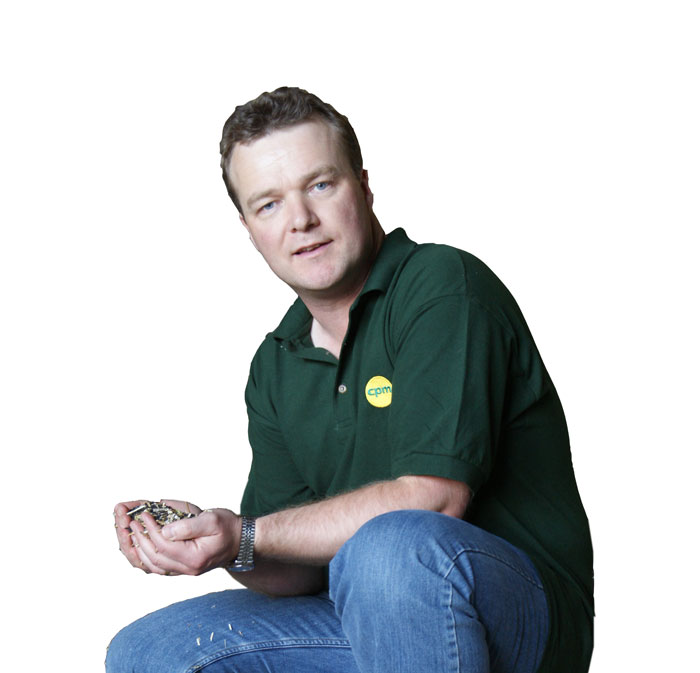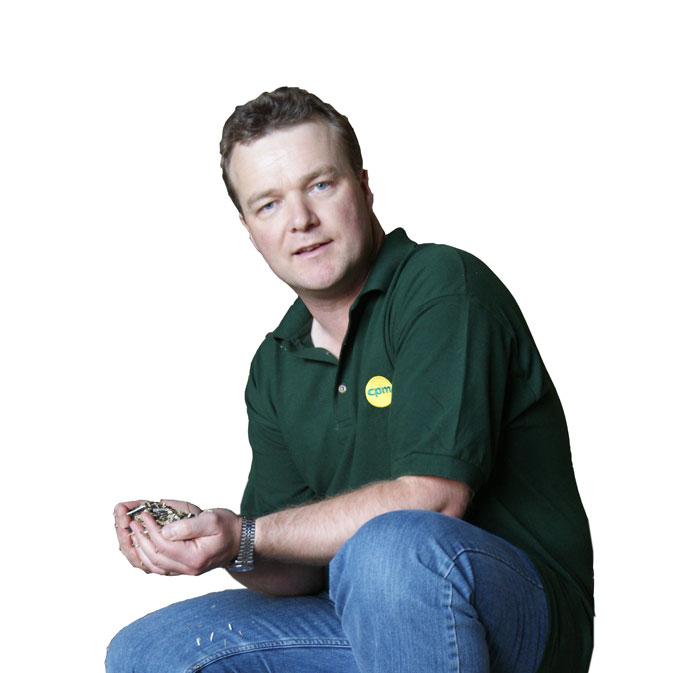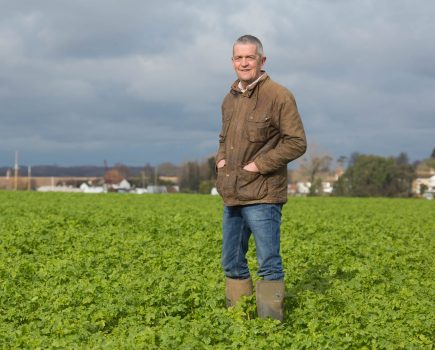 When my son started mining bitcoins I took about as much interest as I guess a parent would in something that he’s clearly interested in, but I really didn’t understand at all.
When my son started mining bitcoins I took about as much interest as I guess a parent would in something that he’s clearly interested in, but I really didn’t understand at all.
He did explain it to me, but the only bits I was concerned about was that he didn’t accrue too much in his bitcoin ‘wallet’, given the wild fluctuations of the currency, and also whether the churning over of computer power he was going to dedicate to the mining was going to add a hefty chunk to the electric bill. All the stuff about blockchain he described to me was parked in that bit of the parental brain reserved for ThatsGreatThatHeGetsIt-ICanPassByWithoutIt stuff.
That’s where it stayed until I attended a recent AHDB and Food and Farming Futures conference, on innovative and disruptive technologies. One of the items on which there was a paper, as well as much discussion, was blockchain.
Blockchain is the technology that underpins cryptocurrencies, such as bitcoin. As far as I understand, all the computers around the world currently ‘mining’ bitcoins give the currency its authenticity, and make it virtually impossible to forge. So if someone offers me a bitcoin, the blockchain behind it is my cast iron guarantee that it’s genuine, even more reliable than if that person physically passed over a wodge of £50 notes (about 107 of them at the time of going to press).
That’s all very well if you’re a currency speculator, but what’s the relevance in farming? This is the exciting bit – you can use the same technology to build trust and transparency into the food chain. As long as there’s data that’s transferred between two people, it doesn’t matter whether that data translates into a bitcoin or food provenance, you can rely absolutely on its integrity if that data uses blockchain technology. The only requirement is that the use of blockchain FITS the acronym – involves potential Fraud, has Intermediaries, there’s Throughput and a Stable source of data can be harnessed.
Think about that – it’s really powerful. It means the data you put together on your farm about your produce can carry right the way through to the consumer intact, without anyone tampering with it. But in practice, how will farmers actually benefit? Well, that’s the difficult bit, and where the industry is currently grappling, but things are really moving on apace.
One interesting application is BlockGrain. This is a platform, built on blockchain technology, that’s been set up in Australia – think of the failed eGrain system the UK industry lumbered towards and then failed to achieve last year. This concept is potentially several thousand times better – it promises true transparency and real-time transactions, payments and access to information.
Here in the UK, Defra has been running a pilot, with IBM and Microsoft, looking at how blockchain might work in practice in the food chain. The attraction for Government is that it’s a system that’s potentially fraud-free – think horse meat. It’s the livestock side and specifically meat they’re looking at. Ultimately you could get a system where a consumer eats a steak, likes it, rates it with five stars on an app, and that’s fed directly back to the farmer who reared the animal – wow!
Maintaining such traceability may be more tricky in cereals, but not beyond the realms of reason. In certain parts of the cereal supply chain, for example, end users are already feeding back to grain merchants which specific farmers they want to do business with, based on the standard of produce supplied, and which ones they’d rather lose. I’d hope that most CPM readers would be buoyed, rather than worried, by such a turn of events, but of course there’d have to be a system you’d trust.
Build into that field records. If you’re anything like me, these are kept on a hodge-podge of systems that vary in their reliability from Gatekeeper through various spreadsheets, paper files and then what sits in my head. Keeping track is pretty difficult for me, let alone for the agronomist, contractor or anyone else I choose to share them with, and that may be a supply-chain partner. And there’s another point – I need to retain control of that data. Build on top of that the plethora of precision farming, weather, disease monitoring, telematics, etc, that’s now coming in.
The difficulty I have is that I still really don’t understand this stuff, but I am encouraged by what’s coming through from Agrimetrics. In the same way, there are clear opportunities in crop health and it’s encouraging to see outcomes from CHAP filtering through. There’s also the mesmerising world of robots and precision farming – I’m keen to understand this area more and we’re now seeing some interesting stuff from Agri-EPI.
So blockchain, along with a host of other disruptive technologies, could be irrelevant, or a white elephant. But they could be farming’s future, and it’s time I opened my mind to the possibilities. I’m going to use Cereals and other events this summer to find out, and I’d urge others to do likewise, or at least continue reading CPM.
Tom Allen-Stevens has a 170ha arable farm in Oxon, but sadly doesn’t own any bitcoins. @tomallenstevens




